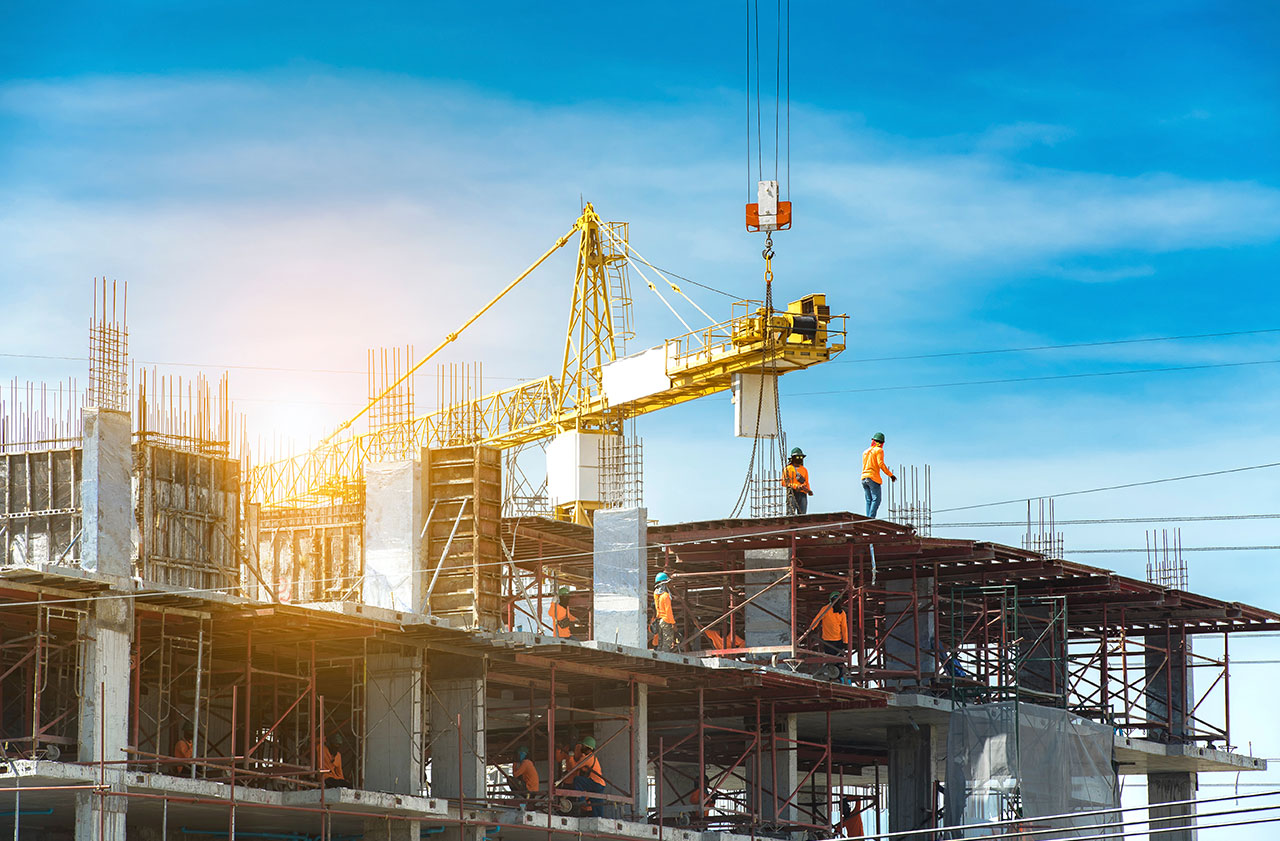Different types of concrete structures commonly used in construction
Concrete is an extraordinary construction material. Its unmatched versatility has made it the backbone of the construction industry. Architects and engineers use concrete to create awe-inspiring structures with striking facades, intricate details, and bold designs. Concrete is also sustainable. By incorporating supplementary materials such as fly ash and slag, it reduces the demand for virgin resources and promotes a greener and more sustainable building industry. Concrete’s exceptional strength and durability make it ideal for residential as well as large-scale infrastructure projects. Also, concrete offers a wide range of finishes and colours, allowing architects and builders to create spaces that reflect diverse styles and aesthetics. If you are looking for information on concrete for construction, here is a useful read. We have curated a list of different types of concrete structures commonly used in construction:
- Foundations
Concrete foundations provide a stable and level base to support the entire construction. They distribute weights evenly, ensuring the building’s steadfastness and preventing settling problems. Also, concrete foundations play a crucial role in safeguarding against damage from moisture and groundwater. They act as a reliable barrier against water intrusion. Also, concrete foundations allow for vertical load placement. This is why it is possible to create multiple floors without the building sinking on itself.
- Columns and beams
Just like foundations, concrete columns and beams are parts without which construction is practically impossible. Columns provide vertical support. So, they carry the load from the upper floors to the foundation of a building. They help distribute the weight evenly, preventing excessive stress on individual elements.
Beams, on the other hand, provide horizontal support. They transfer the wall and floor weight to the columns. Beams and columns together create a structure’s rigid framework. The strength, durability, and load-bearing capabilities of these concrete structures make them indispensable for construction.
- Slabs and floors
Concrete slabs and floors are integral to construction projects for several reasons. They provide a solid and level surface for the occupants to walk on. Their durability and resistance to wear and tear make them suitable for heavy foot traffic areas. Concrete has inherent fire-resistant properties, making it a valuable material for enhancing fire safety in buildings. In the event of a fire, concrete slabs can help contain the spread and limit damage. Also, concrete slabs and floors act as a thermal mass, helping regulate indoor temperatures and reducing energy consumption. They also provide excellent sound insulation, minimising noise transmission between floors. Concrete floors offer versatility because it is possible to style them using various materials. All of these can enhance its aesthetics.
- Walls
Concrete walls possess impressive strength and durability. They are resistant to fire, pests, and rot. They are the perfect choice for constructing fire-resistant buildings such as schools and hospitals. Also, concrete walls excel in soundproofing – they create a serene and comfortable indoor environment by reducing noise levels. Their energy efficiency is remarkable, as they retain heat during winter and keep interiors cool in summer, resulting in reduced energy bills. Concrete walls are highly resistant to wear and tear, requiring minimal maintenance when compared to wood. They are also versatile – which means they can be customised to fit any design.
In today’s construction landscape, ready-mix concrete (RMX) is gaining immense popularity. It is a type of concrete. It is manufactured in a batching plant and delivered to the construction site in a ready-to-use condition.It is produced in large quantities and follows a standardised mixing process, ensuring consistency in quality and performance. RMX is transported in transit mixers or concrete mixer trucks, which have rotating drums to keep the concrete from hardening during transit.Using RMX eliminates the need for on-site concrete mixing and reduces labour and time required for construction projects. Ready-mix concrete is commonly used in large construction projects where a consistent and reliable supply of concrete is required, ensuring better control over the concrete’s properties.
Looking for reputed and reliable ready mix concrete suppliers?
Explore our ready mix concrete offerings. We have a diverse collection of ready mix concrete products, each with their own uses and benefits. For customisation, you can also pick concrete based on their colour and texture.






